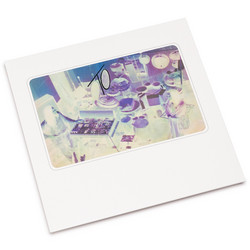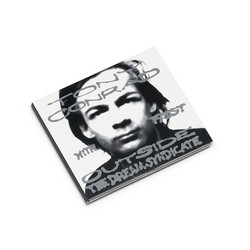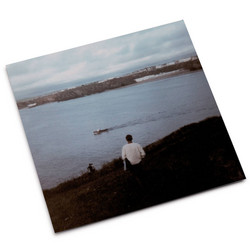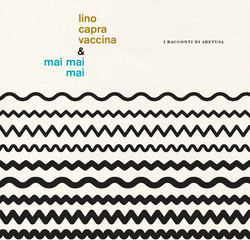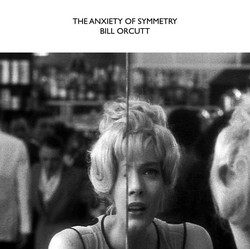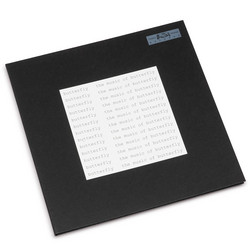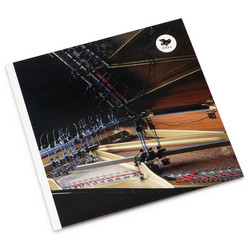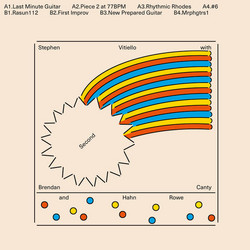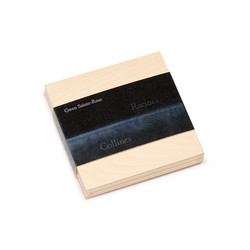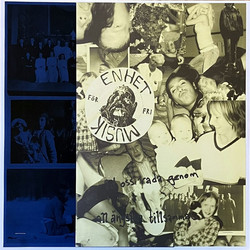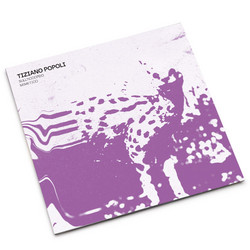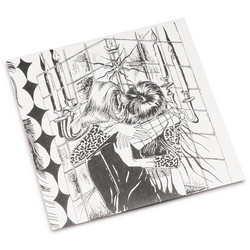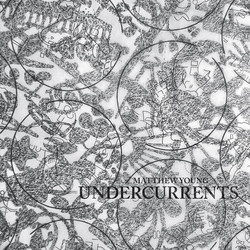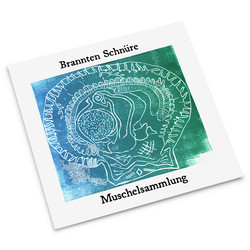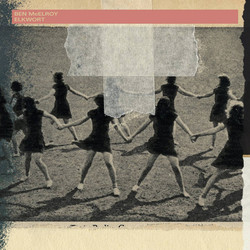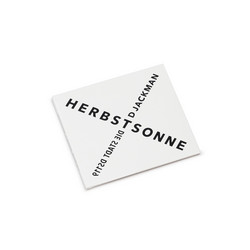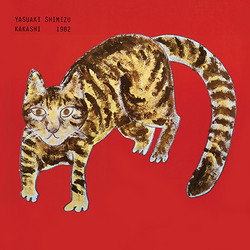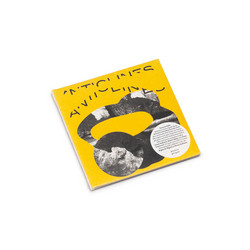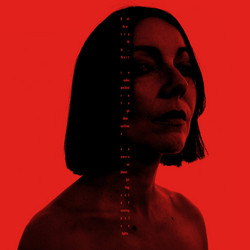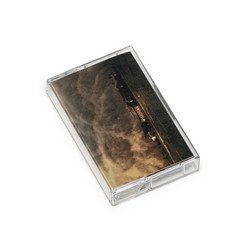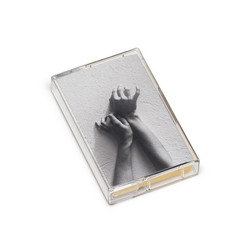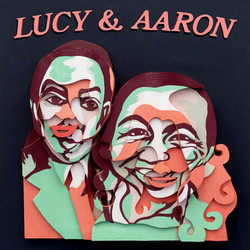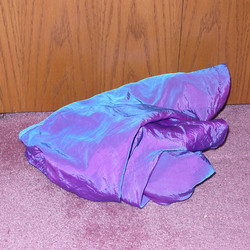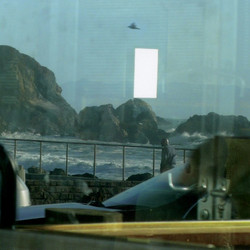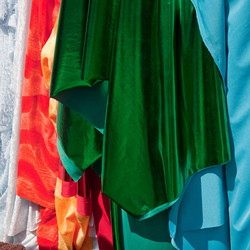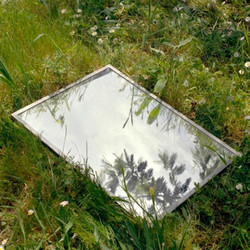2015 release. Along the arc of Lucrecia Dalt's music, beyond what steers her so allusively away from self-repetition, there is an undefinable forward inertia. What can explain, for instance, the near absence of her voice? Is it personal interest, renunciation, an embrace? Is she driven by a backdrop of conceptualism, or is this a lyrical wandering? What is known, for starters, is that she made Ou immersed in a cinema of her own, curatorial creation. Ou's filmic quality is a direct consequence of her turning her studio into a screening room for classic works of new German cinema, pulling influence from directors such as Helke Sander and Werner Schroeter. As she works, she absorbs, and Ou results from a conscious staging of this process. The impact can be felt both at the levels of surface and structure. While the sound quality reflects these evocative, multi-layered scenarios, the larger departure from any of her previous works is the album's spatial, mix-like composition, with each track being made up of several companion titles.

